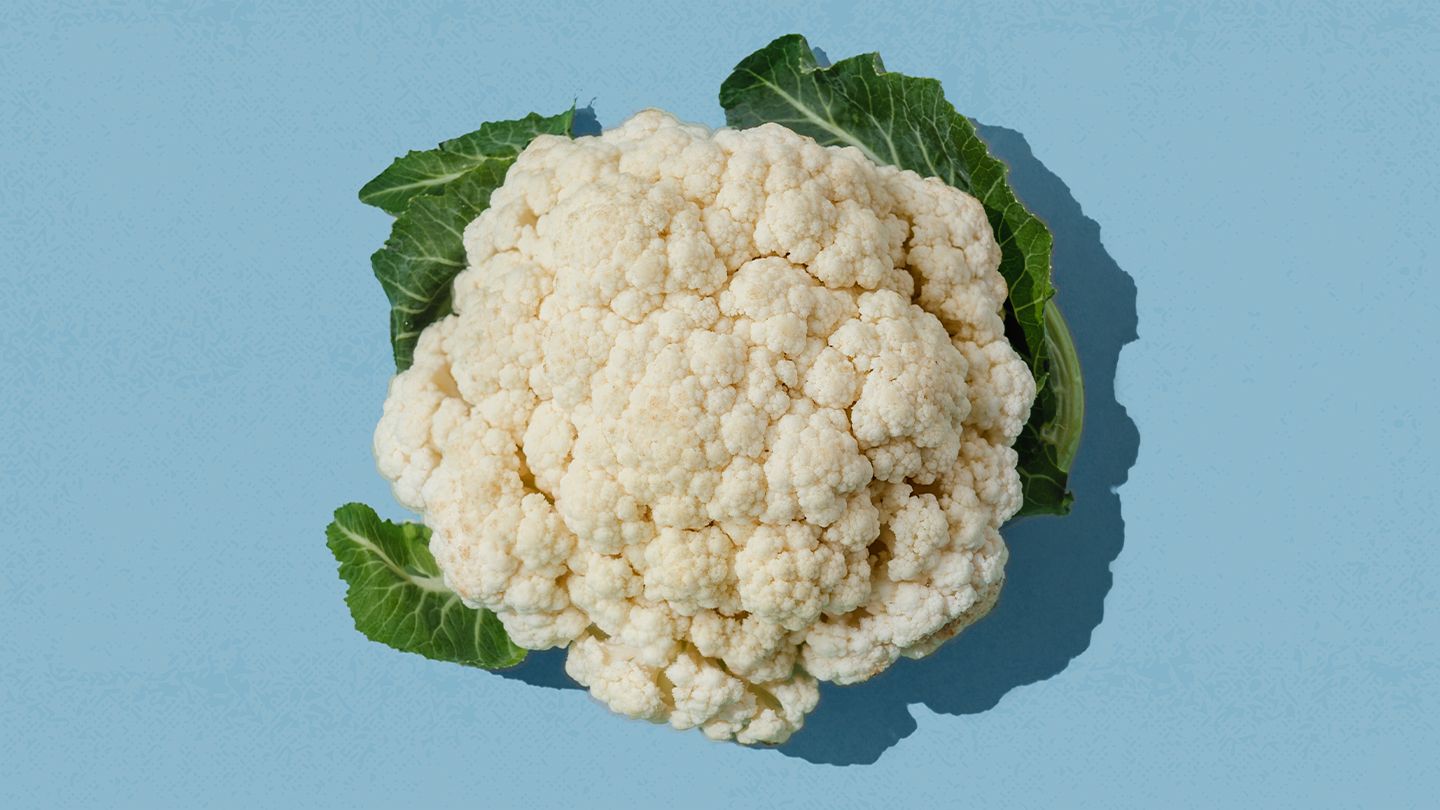
32 interesting facts about Cauliflower
- 👁️ 264
Cauliflower, a member of the cruciferous vegetable family, stands out not just for its distinctive taste but also for its versatility and nutritional benefits. This vegetable has been part of human diets for centuries, originating from the wild cabbage. Today, it is celebrated in cuisines around the world for its ability to adapt to various culinary techniques, from roasting and steaming to pureeing and even serving as a substitute for grains and legumes. With its subtle flavor, cauliflower can be transformed into dishes that appeal to a wide range of palates, making it a favorite among chefs and home cooks alike. Let’s delve into some intriguing and informative facts about cauliflower, revealing its history, health benefits, and the myriad ways it can be enjoyed.
- Cauliflower is rich in vitamins and minerals, including vitamin C, vitamin K, and folate.
- The vegetable is part of the Brassicaceae family, which also includes broccoli, kale, and cabbage.
- Cauliflower comes in several colors besides the common white variety, including purple, green, and orange.
- The purple hue in some cauliflower varieties is due to the presence of anthocyanins, antioxidants also found in red cabbage and red wine.
- Cauliflower is believed to have originated in the Mediterranean region and has been cultivated for thousands of years.
- Roman author and naturalist Pliny the Elder wrote about cauliflower in the first century AD.
- The name “cauliflower” derives from the Latin words caulis (cabbage) and floris (flower), meaning “cabbage flower.”
- Cauliflower can be eaten raw, cooked, or pickled, making it extremely versatile in culinary uses.
- The entire cauliflower plant is edible, including the stems and leaves, which are often discarded.
- Cauliflower contains compounds that may help prevent cancer, according to studies, by neutralizing carcinogens.
- It is a low-calorie vegetable, making it a popular choice for weight-loss diets.
- The high fiber content in cauliflower aids in digestion and promotes gut health.
- Cauliflower is a good source of choline, an essential nutrient that supports brain health and development.
- In the kitchen, cauliflower can be used as a low-carb substitute for potatoes, rice, and flour.
- Cauliflower pizza crust is a popular gluten-free alternative to traditional wheat-based crusts.
- The water content of cauliflower is over 90%, making it a hydrating food.
- Cauliflower has been part of traditional Ayurvedic medicine for its anti-inflammatory properties.
- It requires cool temperatures to grow and does not fare well in hot climates.
- The largest cauliflower ever recorded weighed 60 pounds (27.2 kilograms) and was grown in Alaska.
- Cauliflower “steaks” are a popular vegetarian option, where thick slices of cauliflower are roasted or grilled.
- The process of blanching cauliflower before freezing can help retain its flavor and texture.
- To reduce waste, cauliflower leaves can be cooked and eaten like kale or collard greens.
- The antioxidant sulforaphane, found in cauliflower, is linked to a reduced risk of heart disease and diabetes.
- Cauliflower is a cruciferous vegetable, which means it produces flowers with four petals in the shape of a cross.
- It can be mashed as a healthier alternative to mashed potatoes.
- Cauliflower’s subtle flavor makes it a perfect canvas for a wide array of seasonings and sauces.
- Freezing cauliflower without blanching can lead to a loss of texture and flavor.
- The green variety of cauliflower is also known as broccoflower, a hybrid of broccoli and cauliflower.
- Consuming large amounts of cauliflower can cause bloating and gas in some individuals due to its high fiber content.
- Cauliflower rice is made by pulsing cauliflower florets in a food processor until it resembles the texture of rice.
- Growing cauliflower requires consistent soil moisture to prevent the head from splitting.
- The vegetable is a cool-season crop and can be planted in both the spring and fall for dual harvests in many regions.
Cauliflower proves to be a fascinating vegetable with a rich history, numerous health benefits, and exceptional culinary flexibility. From its origins in the Mediterranean to its presence on dinner plates across the globe, cauliflower has transcended its status as a simple side dish to become a staple in health-conscious and gourmet cooking alike. Its ability to adapt to various cooking methods and recipes highlights the vegetable’s versatility, making it a beloved ingredient in kitchens around the world. With its wealth of nutritional benefits and culinary potential, cauliflower continues to surprise and delight those who explore its many uses and preparations.
Cauliflower, a member of the cruciferous vegetable family, stands out not just for its distinctive taste but also for its versatility and nutritional benefits. This vegetable has been part of human diets for centuries, originating from the wild cabbage. Today, it is celebrated in cuisines around the world for its…